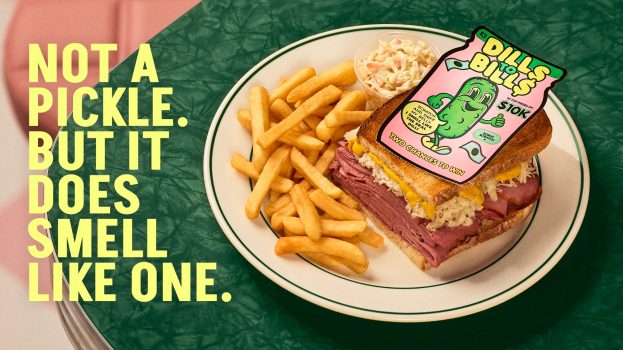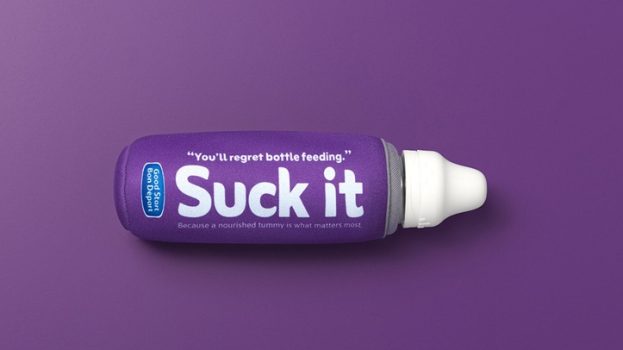
Grocery prices, even before adjusting for seasonality, have risen in 22 of the past 24 months, and Statistics Canada says consumers are taking note and pivoting to less costly general merchandise retailers.
According to the national government agency, on balance, prices are 20% higher than two years ago. And the hyper-inflationary environment means both a reduction in shopping at pricier locations along with a dip in volume of food purchased.
Pre-pandemic, food sales at food and beverage stores accounted for 73.% of all retail food purchases. This share slumped to about 70% in late 2022. At the same time, the share of food sales at general merchandise stores has risen, increasing from 21.6% in early 2021 to 25.9% in late 2022.
Last week, leading grocer Loblaws reported a half-billion plus Q2 profit, with a 6.1% same store sales jump, topping analyst expectations on the revenue and net earnings side. However, as identified by insights firm, Numerator, so-called “channel shifters” are an increasingly important consumer segment turning to channels like dollar but also Amazon in an increasingly pricey environment.
According to the Statistics Canada data, overall food and volume declines adjusted for inflation at food and beverage stores, could also be attributable to other emerging trends as well. For example, the rising popularity of meal kit delivery, heightened couponing, the switch of only certain purchases from one store to another, or a decline in food waste.
Meanwhile, the recently unveiled Consumer Price Index report for June, reveals that while inflation across the board is abating, prices for food purchased at traditional grocers continued to rise at 9.1% year over year.
However, Sylvain Charlebois, director of the Agri-Food Analytics lab at Dalhousie University, points out that the outlook isn’t all negative. He notes that June prices actually dropped 0.1% from May, and predicts that consumer staples such as coffee, pasta, flour and sugar, will certainly drop in price as well.
The biggest category spikes reported were in baked goods, up nearly 13%, followed by dairy at 7.4% and meat at nearly 7%.























